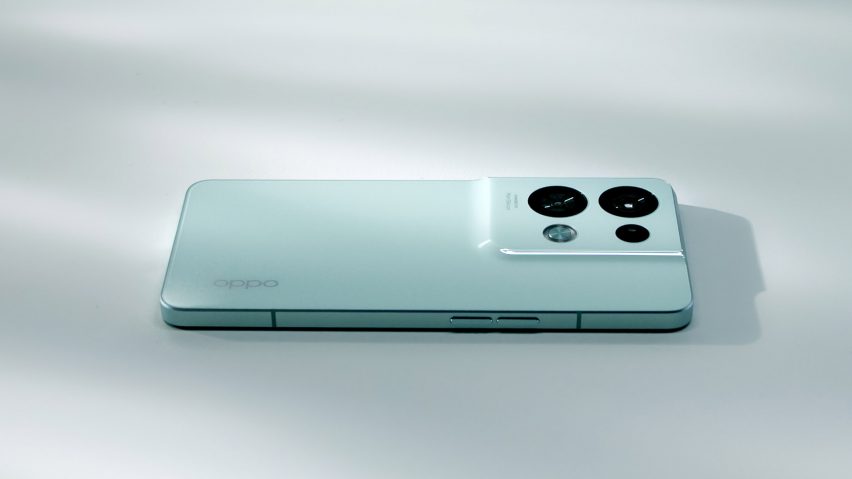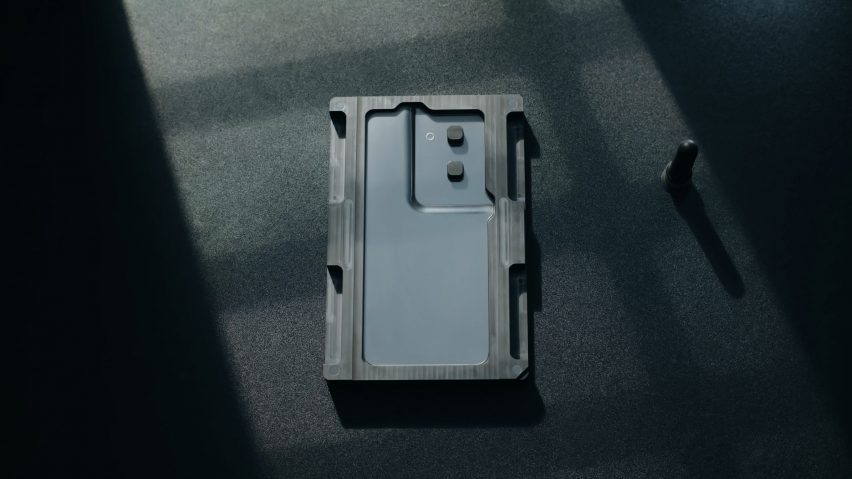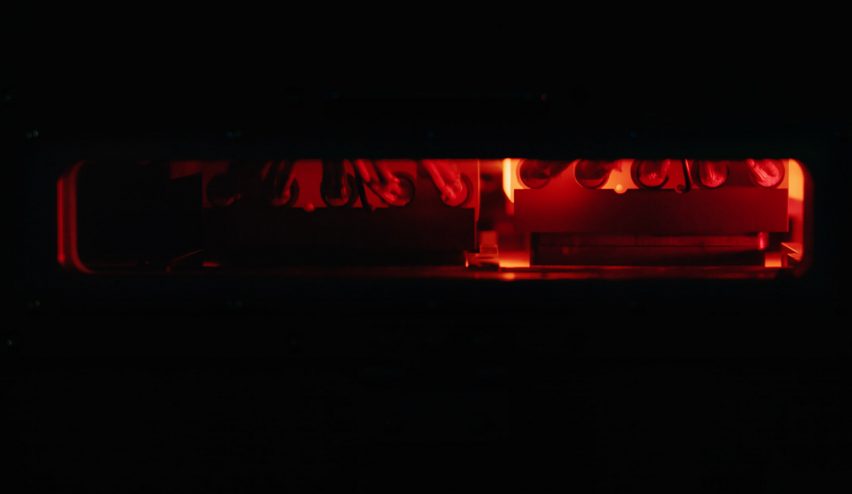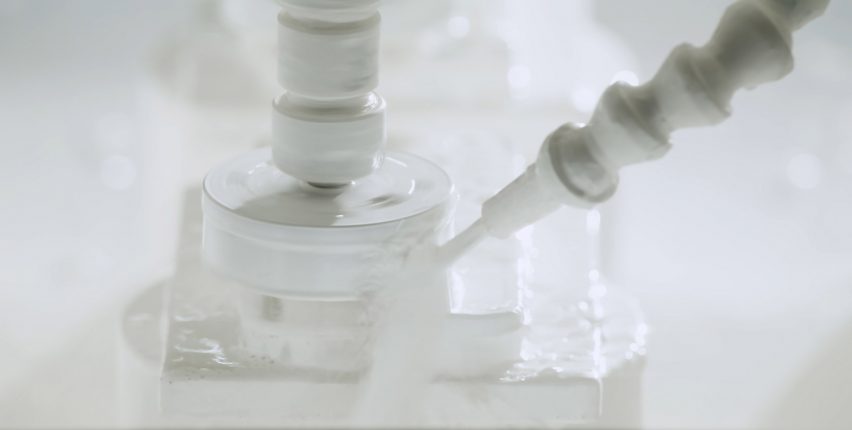
OPPO introduces smartphone with a streamlined back cover made from a single piece of Gorilla glass
Promotion: the latest phone in global smart device brand OPPO's Reno series features a finely-tuned back cover made from a single piece of Gorilla glass.
After closely observing how users hold and interact with their phones, the team of designers at OPPO focused on the concept of developing a "burdenless" device with a seamless cover.
The result is the Reno8 Pro – a smartphone with a back cover made from a single piece of Gorilla glass.

In many smartphone designs, the use of glass back covers has meant the need for a separate material to construct the area that houses the camera module.
Covers made from two materials are prone to dust build-up around the material join, while the abrupt transition between the two materials can be uncomfortable for users who support the device with their index finger on the back cover during use.
The Reno8 Pro's single back cover features a 75-degree arc that connects the camera module with the surrounding back cover.
"It should feel like the camera module is floating up from the water, as though the ripples on the surface have solidified as the smartphone is about to emerge from the body of water but is still intrinsically connected to it," explained the Reno8 Design team.
Guided by this poetic image, the design team applied the golden ratio to outline the camera area, resulting in the prominent lens module that appears in the upper left section of Reno8 Pro's back cover.

The smooth arc is designed to fit the curvature of the user's fingertips, making it more comfortable to hold while also keeping the phone free from dust build-up.
To make the cover, the glass undergoes a high-pressure hot forging process that reaches up to 800 celcius in temperature and 120 kilogrammes in pressure.

The glass is shaped using a mould that has been put through a three-step, half-day polishing process while a further eight nanometer-scale polishing steps are performed directly on the glass to remove any unwanted textures or areas of unevenness.
Both the front and the back of the glass are thoroughly polished to a high level of precision until the glass back cover appears and feels ultra-fine and smooth.
Reno8 Pro features a small bevel-cut design on its mid-frame that reduces the sharp sensation felt while holding the phone while keeping the same right-angle appearance.

Precisely calculated curves on the back cover's vertices take their inspiration from an arithmetic sequence, striking a balance between geometrical rhythm and visual aesthetics.
In addition, a redesign of the internal layout of the phone has enabled the engineers to minimise the thickness of the handset to just about 7.34 milimetres, making it the thinnest Reno series phone yet.
Reno8 Pro is available in two colour finishes that recall porcelain glaze techniques – a calming green and a more traditional black.
To view more about Reno8 Pro, visit OPPO's website.
Partnership content
This article was written by Dezeen for OPPO as part of a partnership. Find out more about Dezeen partnership content here.